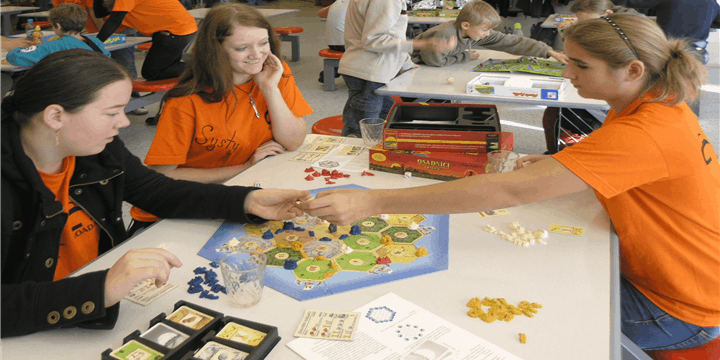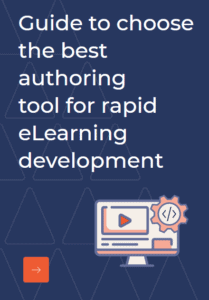Mark Prensky in his 2001 article titled- Digital Natives, Digital Immigrants, mentioned that, "There is no reason that a generation that can memorize over 100 Pokemon characters with all their characteristics, history and evolution can't learn the names, populations, capitals and relationships of all the 101 nations in the world." An evident truth in today's context where millennials constitute the major share of the work force, and using new-innovative methods of learning is the only way to get them even remotely interested. And there's also a proverb, "All work and no play makes Jack a dull boy." Which calls us to look at different possibilities while creating eLearning, to make it interesting, fun and engaging in comparison to its textual counterpart.
Game-based learning has been gaining prominence over the years for these very reasons. And what's more is that, game-based learning that was once a custom development process can now be created using authoring tools like Articulate Storyline, Genie, iSpring etc. too, to name a few, have the capability of creating game-based learning without much complexity. There are various kinds of game inputs that can be incorporated in form of boarding games, adventure games, puzzles etc. However, creating game-based eLearning is difficult and requires a lot of careful considerations. Based on what we have understood through our work, here are 6 Tips in Creating Game Based eLearning -
#Tip 1: Understand the Relevance
In the urge to create game-based eLearning, learning developers usually miss out on a crucial element- the relevance. Creating a multi-level game to teach a simple concept can often lead to wastage of time and resources. Instead try to think of the most concise way to reach a particular outcome. The relevance also depends on the audience, the level of knowledge etc. Relevance leads to the design of concepts and is a foundation for any gamification learning.
#Tip 2: Know the Outcome
There are likely chances that in game based learning people who are designing it may get over excited with few ideas. However it is highly critical to know what is the exact expected outcome from it. What should the learners learn as a result of the leaning game? Knowing this is the key to success. The game-based learning should be the means to reach the end. So, while adding complexities to increase the engagement quotient also try to fit in additional learning elements as and where possible and leverage on the involvement quotient of the learner in the game.
#Tip 3: Keep Challenges Moderate
Challenges are good to a certain level, beyond which it can annoy the learners. Understand that patience is a rarity, so keeping the user stuck at a certain level due to increased complexity, new kind of interactions etc. can in turn result into more dropouts. Always incorporate hints/help windows whenever the level of challenges change. In this way, you give the users a better idea of how to move forward.
#Tip 4: Create an Opportunity to Collaborate
It's a proven fact that learners learn better in a group. Studies also indicate that multi-player games usually give better learning outcomes in comparison to single player ones. Try to incorporate this into game-based learning that you create. Provide social collaborative space where learners can play and learn as a group- find better solutions in certain scenarios etc.
#Tip 5: Give an Explorative Environment
Inquisitiveness is a part of human nature, which is why they are often interested in walking through the unknown. While creating game-based learning, try to create IF & OR scenarios where different choices result into different outcomes. This not only allows the learners to learn from their own mistakes but also gives them a sense of freedom.
#Tip 6: Rewards and Recognisation
While designing game-based learning it is important to think through reward and recognisation mechanism for the learners who are winners. This leads to increased participation from the users if they are rewarded. Few ideas like leader-board, best player, best innovative player could be the categories and it can be very well integrated with their PMS system as well.
Having said that the success of game-based eLearning however also depends on the instructional strategies, the storyline, the kind of interactions etc. The learning design begins from playing games ourselves, understanding the elements that make it immersive and then try to incorporate it into the game-based learning we create. Here are some key takeaways from Pokémon Go for starters.
We have experience in working with some of the most sought after authoring tools. So, if you are in lookout for creating game-based eLearning using authoring tool, we are here to assist you.



